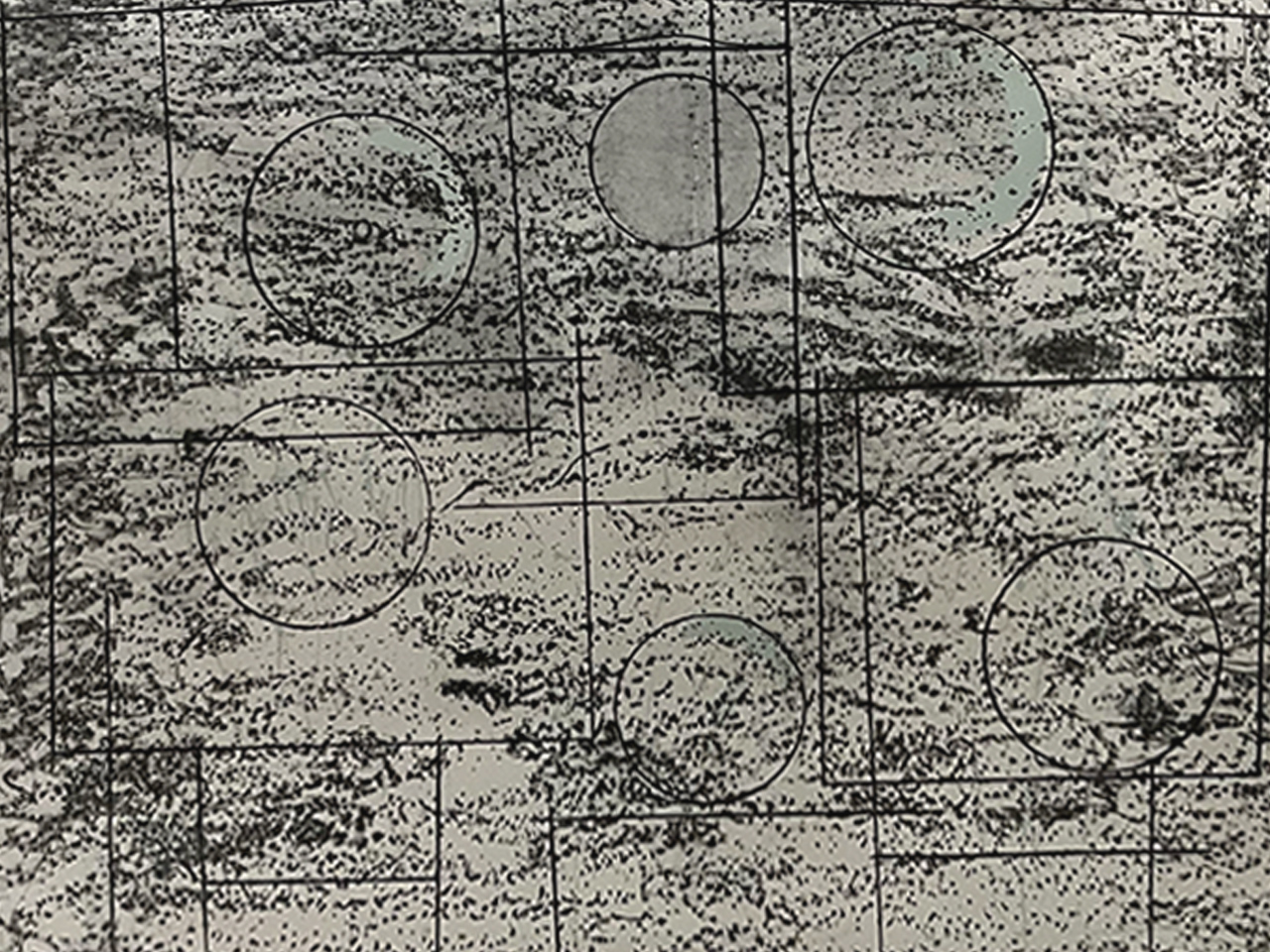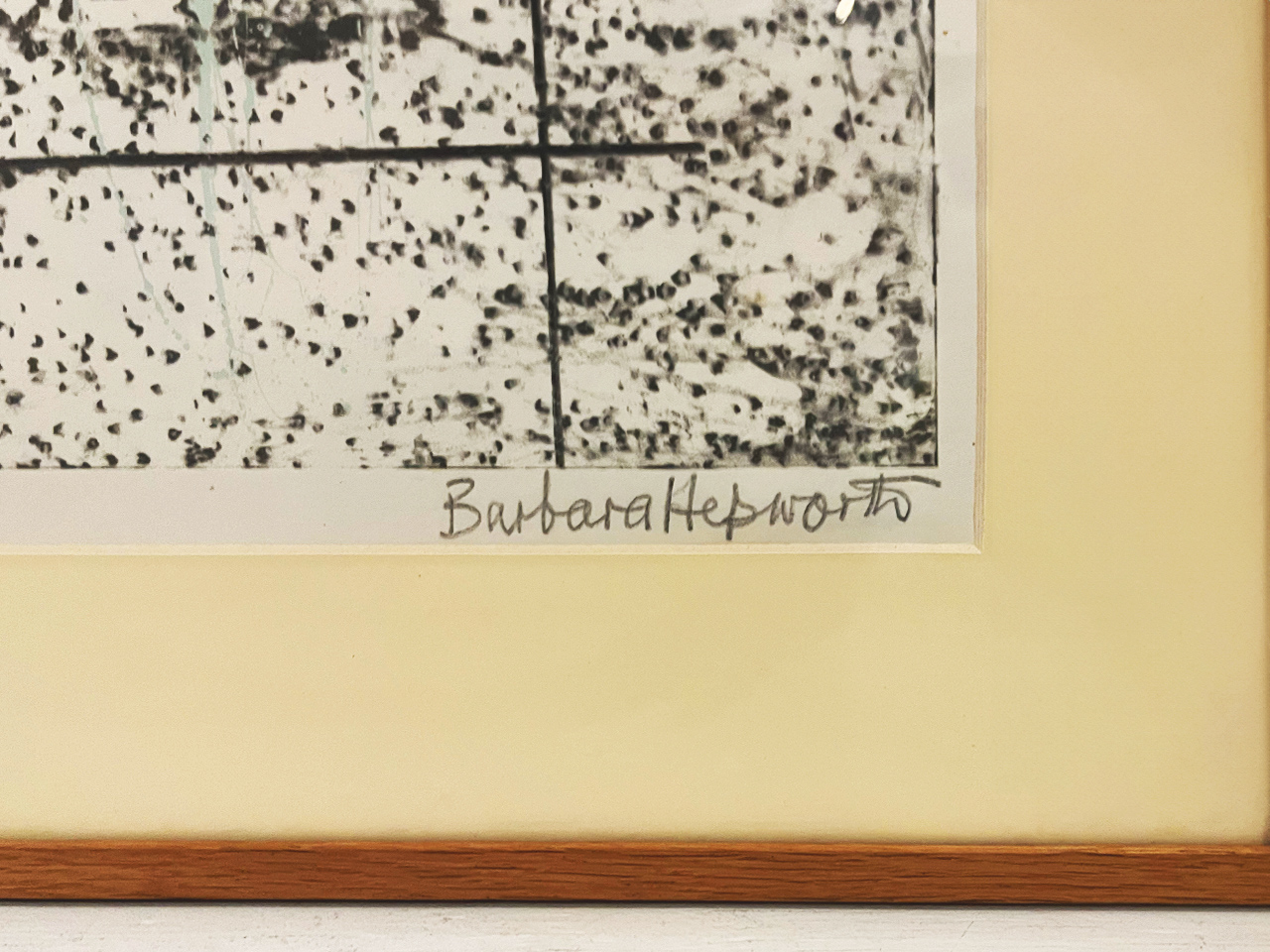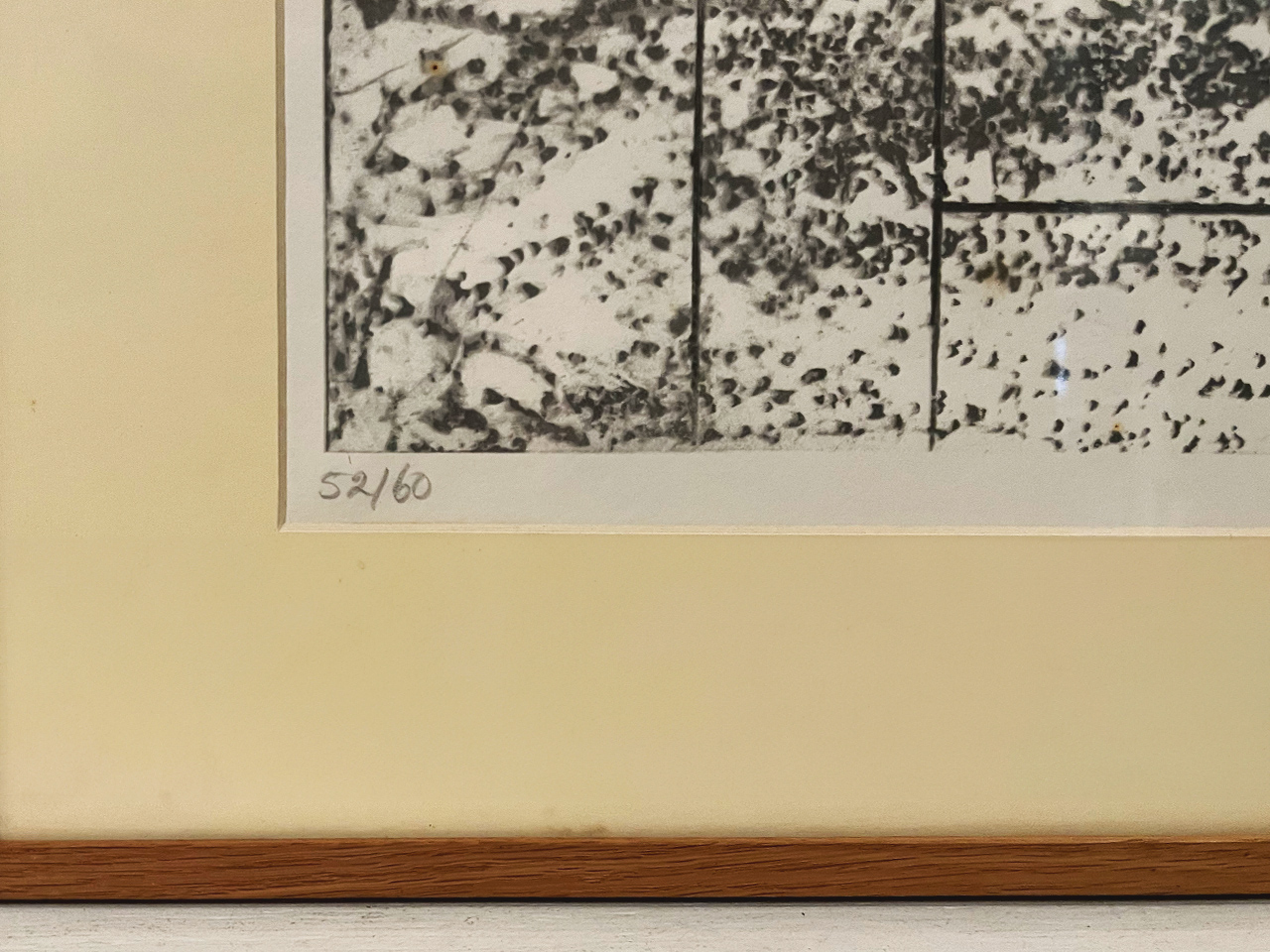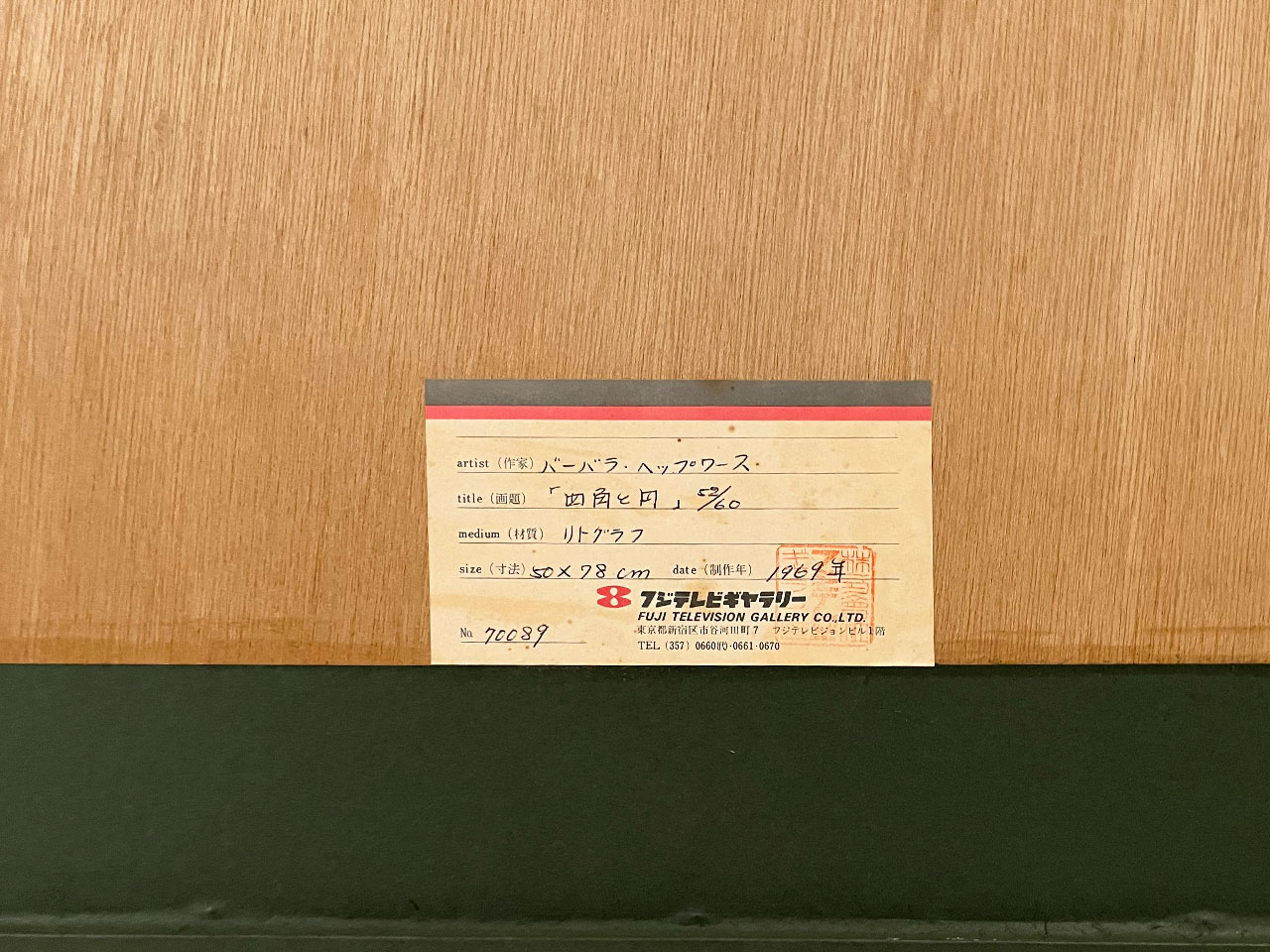バーバラ・ヘップワース/Barbara Hepworth
バーバラ・ヘップワース(1903~1975)は、ヘンリー・ムーア(1898~1986)と共に抽象彫刻の先駆者として知られており、イギリスの現代彫刻の基盤を築いた芸術家です。
ウェスト・ヨークシャー州のウェイクフィールドに生まれたヘップワースは、1920年からリーズ・アート・スクールに通い始めます。同校で出会ったムーアとは、その翌年に入学したロンドンのロイヤル・アカデミーでも同窓として切磋琢磨し、友人としてもライバルとしても長きにわたって親しく交流しました。ロイヤル・アカデミーを卒業後、奨学金を得て1924年にイタリアを訪れ、ロマネスクや初期のルネッサンスの芸術、建築などを学びました。1933年に画家のベン・ニコルソン(1894~1982)とフランスを旅した際には、パブロ・ピカソ(1881~1973)やミニマル・アートの先駆者であるコンスタンティン・ブランクーシ(1876~1957)らのスタジオを訪問し、当時の抽象芸術の最先端に触れました。また、同年にはニコルソンやムーア、画家のポール・ナッシュ(1889~1946)、批評家のハーバート・リード(1893~1968)らとともに前衛芸術グループ「ユニット・ワン」を結成し、イギリス美術界のシュルレアリスムと抽象芸術の発展に寄与しました。
この1930年代において、ヘップワースは構成主義に影響を受けるとともに、ナチズムの高まりによってロンドンへの亡命を余儀なくされた彫刻家のナウム・ガボ(1890~1977)や画家のピエト・モンドリアン(1872~1944)といった作家たちからも学びを得て、楕円や中空の円筒、中空の半円形などの形態を熱心に研究しました。特に1937年から1938年にかけての作品には、たとえば【球体のなかのうねり】(1938年・群馬県立近代美術館所蔵)というタイトルにも表れている通り、半球、円錐、くぼみといった幾何学的な造形が多く見られます。1939年にコーンウォール州のセントアイヴスにアトリエを移して以降は、自然との調和や人間的なぬくもりを独自の造形で表現するようになります。彫刻の森美術館に収蔵されている野外彫刻【ふたつの形】(1968年)は、「ひとつの生物が他の生物のそばにいる時の、両者の優しい関係を表している」というヘップワースの言葉の通り、抽象的な形をとりながらも、二人の人間が寄り添っているような温かさを感じさせます。また、作品の上部に穿たれた穴の内側は海や空を思わせる色に塗られており、その色彩は穴の向こうに見える風景と溶け合いながら、穏やかで清新な景色を生み出しています。大型の作品でも失われないこうした繊細さや柔らかさが、鑑賞者を静かにヘップワースの世界へと誘います。
Barbara Hepworth (1903-1975) is known as a pioneer of abstract sculpture alongside Henry Moore (1898-1986) and is an artist who laid the foundation for contemporary sculpture in Britain.
Born in Wakefield, West Yorkshire, Hepworth began attending Leeds School of Art in 1920. She met Henry Moore at the school, and they continued their interaction as classmates and friends, even as rivals, when they both enrolled at the Royal Academy in London the following year. After graduating from the Royal Academy, she received a scholarship to visit Italy in 1924, where she studied Romanesque and early Renaissance art and architecture. In 1933, during a trip to France with the painter Ben Nicholson (1894-1982), Hepworth visited the studios of Pablo Picasso (1881-1973) and the pioneer of Minimal Art, Constantin Brancusi (1876-1957), experiencing the forefront of abstract art at that time. Also in the same year, she co-founded the avant-garde art group “Unit One” with Nicholson, Moore, the painter Paul Nash (1889-1946), and the critic Herbert Read (1893-1968), contributing to the development of Surrealism and abstract art in the British art world.
During the 1930s, Hepworth was influenced by Constructivism and also learned from sculptors such as Naum Gabo (1890-1977) and painters like Piet Mondrian (1872-1944), who were forced to flee to London due to the rise of Nazism. She enthusiastically studied forms such as ellipses, hollow cylinders, and hollow semicircles. Especially in her works from 1937 to 1938, geometric shapes such as hemispheres, cones, and concavities are frequently observed, as exemplified by her work titled “Helicoids in Sphere” (1938, held at the Museum of Modern Art, Gunma). After moving her studio to St. Ives, Cornwall in 1939, she began expressing harmony with nature and human warmth through her unique forms. The outdoor sculpture “Two figures” (1968), housed at the Hakone Open-Air Museum, represents “the gentle relationship between two beings when one being is next to another” as Hepworth herself described it, conveying a warmth as if two humans were nestling together, despite its abstract form. Furthermore, the interior of the holes pierced at the top of the work is painted in colors reminiscent of the sea or sky, blending with the landscape visible beyond the holes to create a calm and refreshing scene. Hepworth’s delicate and soft qualities, even in large-scale works, gently invite viewers into her world.





作品名:四角と円
サイズ:50×7cm(1969年 リトグラフ ed.60/フジテレビギャラリーシール)
価格:SOLD OUT
価格は税抜き表示です

